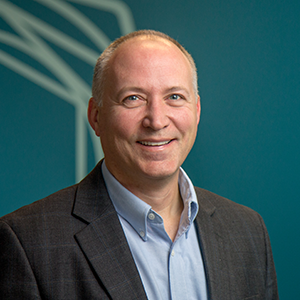
Bill Taylor, Vice President and General Manager, LogRhythm APJ talks about the importance of security analytics and the need for organizations to develop capabilities for detecting and responding to breaches.

Q: Bill, recent mega breaches have focused attention on the need for improved threat detection and response capabilities at many organizations. What role does security analytics have in enabling this capability?
Bill Taylor: Security infrastructure put in place at many organizations collect a large amount of data. From security logs to network packets, there is a need to analyze [this] data in a timely manner to identify and respond to a breach. That is the key role that security analytics plays in the next level for threat detection and response capabilities.
We don't see security analytics entirely different from next generation SIEM, especially in the case of LogRhythm's Security Intelligence Platform, which has capabilities for collecting security data from multiple sources. Detection is not based on signatures or static correlation rules but on dynamic comparisons to normal baseline behaviors for individuals or groups that have similar job functionality and requirements.
Q: Technologies like the LogRhythm 7 platform announced last October can help organizations reduce the mean time to detect and the mean time to respond to security incidents. Can such technologies get us to a point where enterprises can reliably predict a security event before it happens? Why or why not?
Taylor: It is a cat and mouse game. As we improve, they find new ways to beat the system and we find new ways to detect and stop them. It is difficult to say if we can reliably predict a security event before it happens in the future but I would like to think we are heading in the right direction.
At the moment, we are focused on educating organizations that the threat landscape is not static and it continuously evolves. That way, we can move away from purely just building walls to stop breaches, to installing sentries that will be able to detect these intrusions as soon as the walls are breached, responding to them and reducing the damage the perpetrator can do. As long as organizations understand that, then we will see the right investment being made into security analytics.
Hopefully, we will come to a stage where we have enough means to predict what's going to come next.
Q: LogRhythm is sponsoring a presentation on rapid threat containment at Black Hat Asia 2016. What is the main focus of the presentation? What are some of the main takeaways for enterprise customers?
Taylor: Our main focus is on the new and evolved ransomware threat. We will be giving the audience a technical overview of how these schemes function and how they can be spotted and responded to early enough in the threat lifecycle to severely limit the potential damage. We will also share a framework to help you better protect your organization in the face of this looming menace. Participants of this session can expect to learn what are the early indicators of ransomware, what automated defenses they can use to thwart the attacks and steps that must be followed to make a molehill out of the possible mountain.








